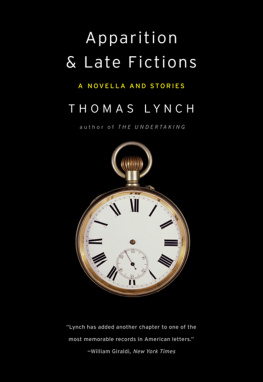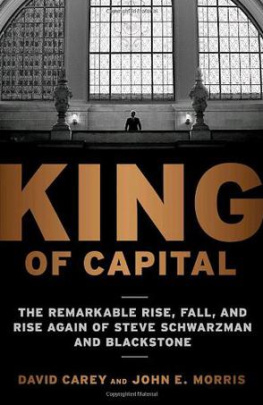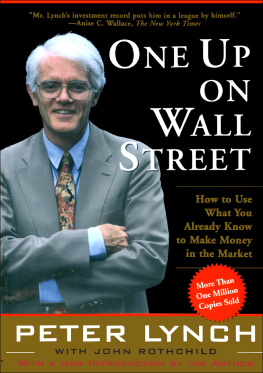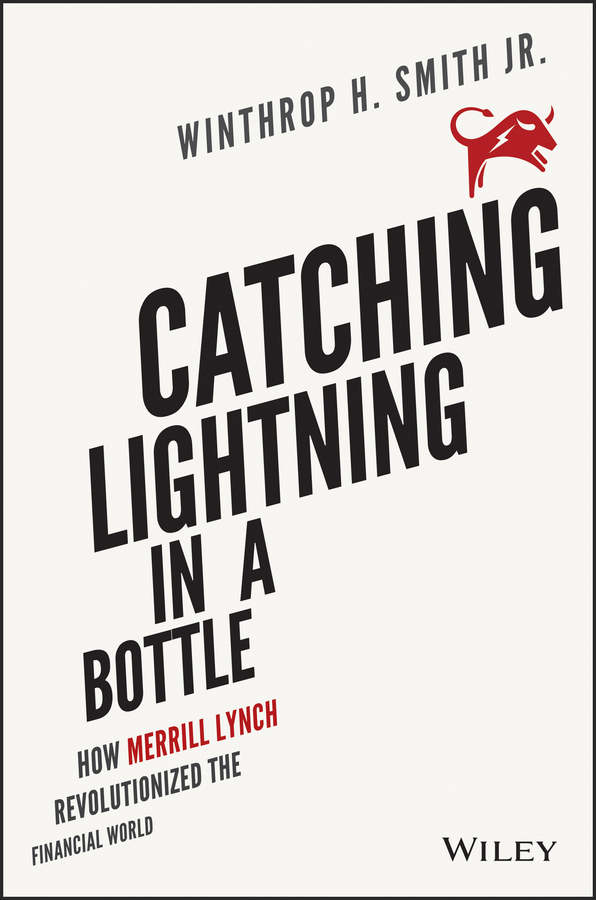
Contents
Pages
Guide
CATCHING LIGHTNING IN A BOTTLE
HOW MERRILL LYNCH REVOLUTIONIZED THE FINANCIAL WORLD
WINTHROP H. SMITH JR.
Cover Design: C. Wallace
Cover Illustration: Bull silhouette iStock.com/AlexeyPushkin
Copyright 2013 by Winthrop H. Smith, Jr.. All rights reserved.
Co-author: William Ecenbarger
Published by John Wiley & Sons, Inc., Hoboken, New Jersey.
Published simultaneously in Canada.
No part of this publication may be reproduced, stored in a retrieval system, or transmitted in any form or by any means, electronic, mechanical, photocopying, recording, scanning, or otherwise, except as permitted under Section 107 or 108 of the 1976 United States Copyright Act, without either the prior written permission of the Publisher, or authorization through payment of the appropriate per-copy fee to the Copyright Clearance Center, Inc., 222 Rosewood Drive, Danvers, MA 01923, (978) 750-8400, fax (978) 646-8600, or on the Web at www.copyright.com. Requests to the Publisher for permission should be addressed to the Permissions Department, John Wiley & Sons, Inc., 111 River Street, Hoboken, NJ 07030, (201) 748-6011, fax (201) 748-6008, or online at http://www.wiley.com/go/permissions.
Limit of Liability/Disclaimer of Warranty: While the publisher and author have used their best efforts in preparing this book, they make no representations or warranties with respect to the accuracy or completeness of the contents of this book and specifically disclaim any implied warranties of merchantability or fitness for a particular purpose. No warranty may be created or extended by sales representatives or written sales materials. The advice and strategies contained herein may not be suitable for your situation. You should consult with a professional where appropriate. Neither the publisher nor author shall be liable for any loss of profit or any other commercial damages, including but not limited to special, incidental, consequential, or other damages.
For general information on our other products and services or for technical support, please contact our Customer Care Department within the United States at (800) 762-2974, outside the United States at (317) 572-3993 or fax (317) 572-4002.
Wiley publishes in a variety of print and electronic formats and by print-on-demand. Some material included with standard print versions of this book may not be included in e-books or in print-on-demand. If this book refers to media such as a CD or DVD that is not included in the version you purchased, you may download this material at http://booksupport.wiley.com. For more information about Wiley products, visit www.wiley.com.
Library of Congress Cataloging-in-Publication Data:
ISBN 978-1-118-96760-7 (Hardcover)
ISBN 978-1-118-96764-5 (ePDF)
ISBN 978-1-118-96761-4 (ePub)
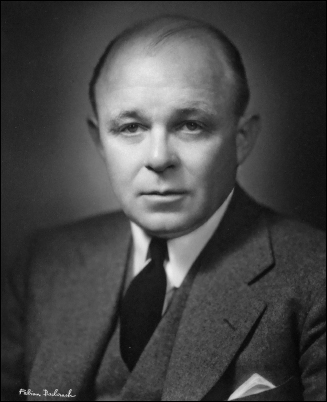
This book is dedicated first to my father, a principled leader and a humble, generous man who lived his life with the highest integrity. It is also dedicated to my family, who by reading this will have an even greater appreciation for the Mother Merrill that my father and I knew and loved. And it is for the thousands of other Merrill Lynch families who contributed to our great companys success in its first hundred years.
Authors Note
When my father graduated from Amherst College in the spring of 1916, he joined the two-year-old Merrill, Lynch & Co., thus beginning his lifes work. It was an impressive career marked by significant achievements and lasted more than forty-five years. From the outset, he developed a personal friendship and business partnership with Charlie Merrill, a brilliant visionary and pioneer in the grocery and financial services industries. While Charlie was the better known of these two partners, I have come to understand the depth of the role my father played in shaping the Merrill Lynch of the future.
It was my father who convinced Charlie to reenter the brokerage business in 1940 after a decade of involvement with other enterprises. Together they brought Wall Street to Main Street, changing the paradigm of financial services in the modern age. But most important, they developed a uniquely powerful set of principles that became the North Star for future generations of Merrill leaders. The culture that this established was the primary reason for Merrills success over the years. My father died in 1961.
Thirteen years later, I joined Merrill Lynch as an associate in the Investment Banking Division after receiving an MBA from Wharton. Since my dad passed away when I was only eleven, I never fully appreciated his leadership skills and the power of his humility. During nearly twenty-eight years at the company, however, I came to know him better and to appreciate the principles and the culture that he and Charlie Merrill had created. I was proud to be a member of the Mother Merrill family.
Being the son of Winthrop H. Smith had many benefits, but it also presented challenges. I had to work extremely hard every day to prove myself worthy of the name. Over the years I held line and staff positions in investment banking, wealth management, finance, human resources, and marketing prior to becoming Executive Vice President, Chairman of Merrill Lynch International and a member of the Merrill Lynch & Co. Executive Committee. I had a great career and feel so fortunate to have been at Merrill when I was.
In October 2001, the culture of Merrill Lynch was about to change as a result of a new management team with different ideas about how to maximize profits. I knew that I couldnt work within this new environment, so I decided to retire. And I resolved to write the story of Merrill Lynch.
Several years passed, and I had not begun writing. Then in 2007, the financial crisis hit and my former firm became a victim of greed and the lack of proper oversight by its Board of Directors. Two years later, two people motivated me to start a book. Bill Ecenbarger had been hired a decade earlier to write the corporate history of Merrill Lynch. Bill is a Pulitzer Prize winner, and he interviewed me in my Connecticut office in 2002. He was well along with the project when Stan ONeal, Merrills new CEO, decided there was no need for a history of the firm and his efforts ceased. In late 2009, Bill called me. Win, I read the speech you gave at the final shareholders meeting, he said. You need to write the history of Merrill Lynch. No one can tell it better than you, and Id enjoy working on it with you. When I told Lili, my wife-to-be, about this conversation, she made me realize that this was not only something that I needed to do for my own therapeutic reasons, but also something that I was compelled to do so that future generations could know the truth about Merrill Lynch and appreciate its historical importance.
This book is about the history of Merrill Lynch and its leadershipthe rise and fall of an American institution. The chapters are organized around the twelve leaders of Merrill Lynch, ending with John Thainall of whom I had known. Each left his own mark on the company and, with one stark exception, respected and strengthened the firms culture. It is a story about an idea that began with a man named Charlie Merrill, without a doubt one of the leading entrepreneurs in the history of American business. By bringing Wall Street to Main Street and democratizing investing, Merrill Lynch helped countless middle-class individuals save and invest and, in turn, helped thousands of companies, municipalities, and governments fund their growth. Merrill was at the center of the financial intermediation process that allowed the United States to grow into the economic powerhouse it became in the last half of the twentieth century. Like all companies, it made mistakes, but it was guided by principled leaders who always attempted to do the right thing and for the right reason.
Next page



